We must commit to protecting one another
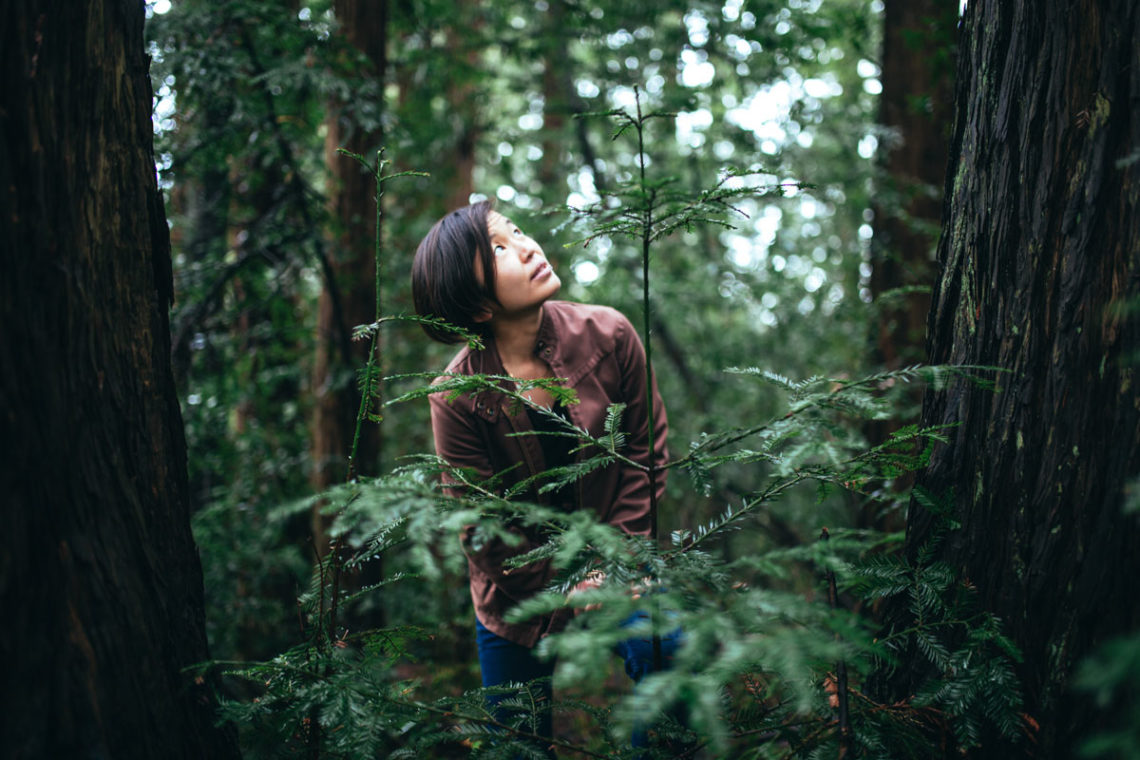
Though they have been part of this landscape for so long, I was surprised to come upon a redwood while walking in my new neighborhood a mile from Oakland Coliseum. I was too shy to press my back up against the redwood’s trunk; perhaps I will feel braver after meeting the tree’s caregiver. Seeing an unexpected redwood, however young and small, reminded me that despite the wanton clearcutting that happened when settlers colonized this land, redwoods still belong here, as do the Ohlone people. After seven years bouncing around Oakland, California, I am working at belonging here too. It is a slow process, learning to belong to a place. I am patient. I am glad for the redwoods who remain standing inside and outside designated reserves, reminders of what has been and what could be.
When I encounter redwoods, whether they’re towering over the faraway Northern California coast or they’re managing encroaching pavement in Oakland, I understand that they are witnesses, descendants, inheritors of displacement, pain, resilience. In this, I feel a kinship with redwoods. I was raised with knowledge of what my family went through before I was born. In the mid-1970s, while Big Creek Reserve and old-growth groves in Julia Pfeiffer Burns State Park were being protected in Big Sur, the Khmer Rouge took over Cambodia, and my parents were forced from their homes in Phnom Penh and Battambang into four years of hard labor and malnutrition, along with millions of others.
Like my parents, the redwoods have seen their kin fall.
Like my parents, redwoods are admired (and at times, fetishized) for having survived.
Like my parents, there are redwoods who have lived long past tragedy.
Tragedies such as the Khmer Rouge auto-genocide of 1.5 to 3 million people, including many of my family members, or the structures and trees lost to dry-lightning-induced wildfires in Big Basin, are easier to hold in our minds than the ways our daily lives can slowly encroach upon the livability of a society, of our planet. When I think about saving the redwoods, I think about how urgent it feels to protect the places where they thrive—and how futile that effort can feel against the everyday trespasses that accumulate and make even their havens intolerable. The everydayness of fossil fuel consumption causing climate change and drought, making winters and summers harsher. The everydayness of the economic conditions which allow some people intimacy with their nearest redwoods and keep others from even acquainting themselves.
To save the redwoods means more than simply saving the redwoods; it means an expansion in the ways we think about protecting places. That those who come together to protect such places must undertake a practice of reflection on who is and isn’t present, and why that might be, and how that might be changed. That these places cannot be protected without also protecting Black, Indigenous, and people of color (BIPOC)—whether they love redwoods or not, whether they venture into these forests or not. That these places cannot be protected without also fiercely reckoning with how and why they’ve come to need protection, and how to create a world in which BIPOC may feel safe to visit them. That saving the redwoods requires more from us than simply not to cut them down.
When I think about saving the redwoods, I think about how we must commit to different ways of being that are not only about protecting these trees, but also about protecting one another; especially those most impacted historically and currently. When I think about saving the redwoods, I think about expanding our perception of their ecosystem from the microclimates created beneath their canopies to the broader one in which we all live. Who has disappeared from those ecosystems? Who has been pushed to the difficult fringes?
When I think about saving the redwoods, I think about the loss of witness, and how ecological grief is entangled with grief at human suffering. That there is a healing to be found in these redwood groves, which I want an ever-expanding community of people to be able to access. When I am among redwoods, I am reminded of my parents, themselves witness to so much loss, themselves so necessarily resilient. And how, in this resilience, my family and the redwoods are kin.

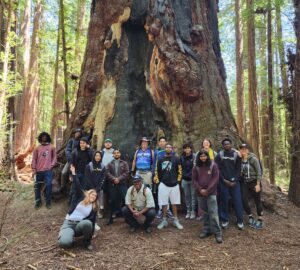
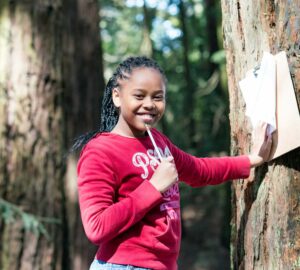
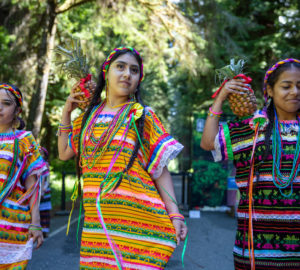
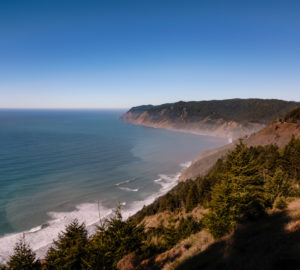
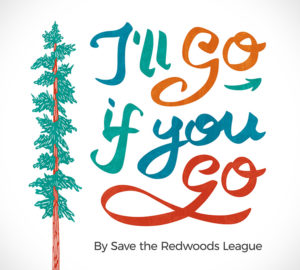
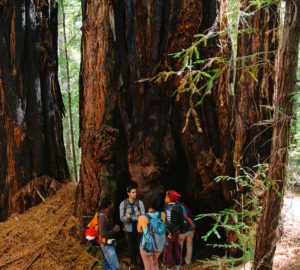
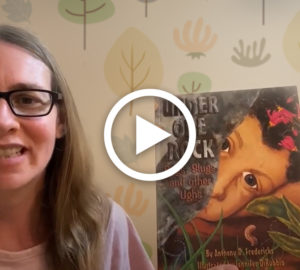
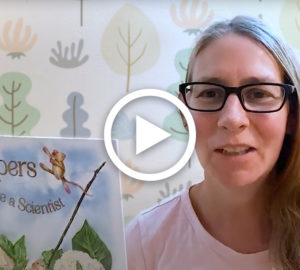
One Response to “When I Think About Saving the Redwoods”
Larry T
Beautiful article Narinda. Hope all is well.